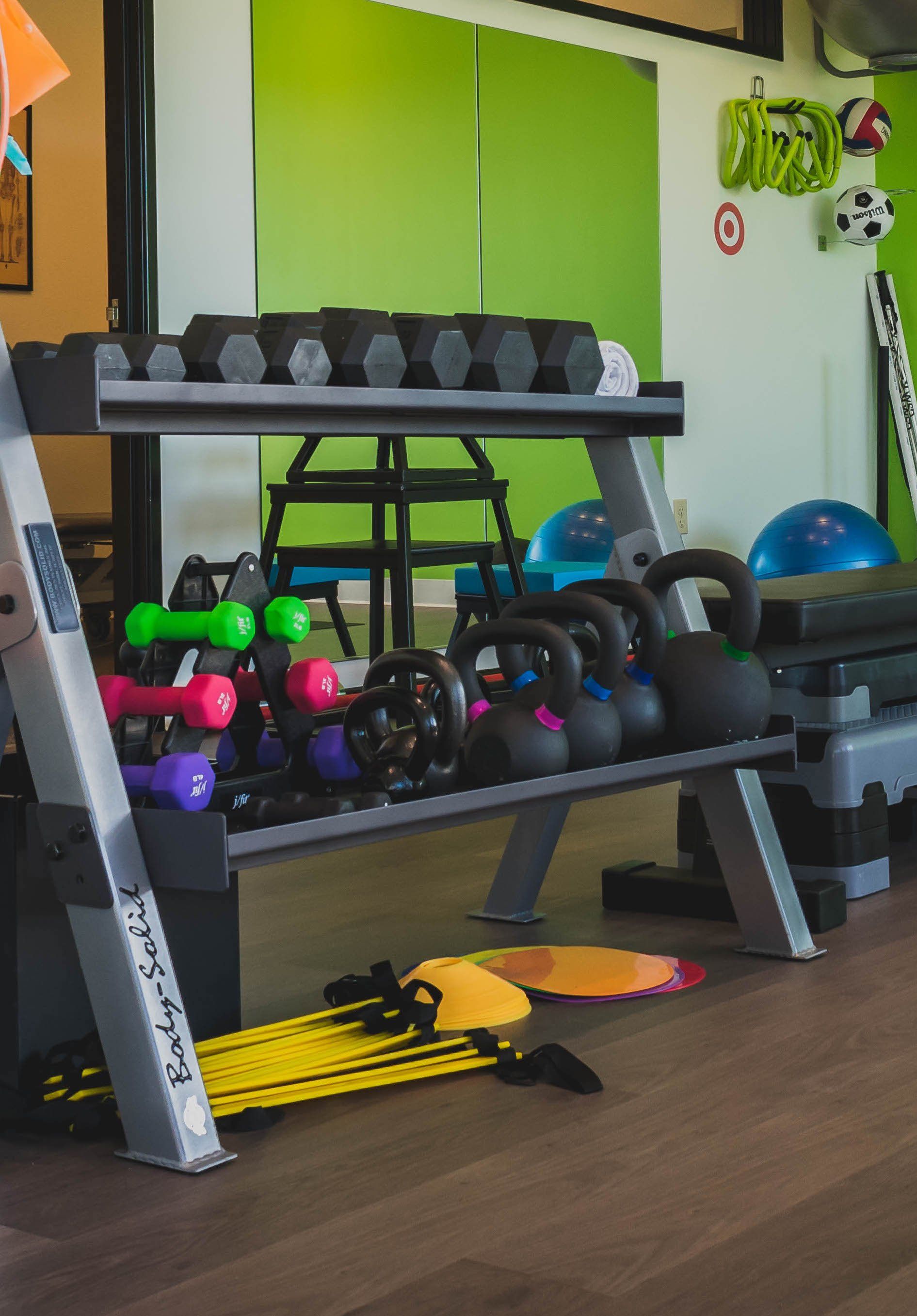Lateral Hip Pain
Lateral Hip Pain Treatment
Trochanteric bursitis or more commonly referred to as lateral hip pain or simply as just hip pain, is a frequent complaint that can be caused by several different factors. Your pain may feel sharp or present itself as an aching that can range from moderate to severe. This pain may affect your daily life and may leave you asking what you can do to relieve it.
To better understand your hip pain, it is best to know what causes it and steps you can take to prevent it from returning in the future.
What Causes Lateral Hip Pain?
Lateral hip pain may be caused by structural changes to the glute medius/minimus tendon as well as the illiotibial band which runs up the side of your thigh. Pain may also arise as a result of trauma such as experiencing a fall on the outside of the hip/leg, thus injuring the illiotibal band. These changes or traumas in your hip may also have an impact on your low back, knees, ankles, and feet.
Other causes of hip pain may include:
-
Arthritis
-
Inflammation
-
IT band syndrome
Common Lateral Hip Pain Symptoms May Include:
• Pain often noted along the outside of the leg
• Painful weakness to the lateral hip muscles
• Pain with weight bearing activities such as walking, running, stairs, or prolonged standing
• Pain with laying on the involved hip
• Not very likely to have limitations in hip range of motion into flexion or internal rotation
However, just because you may have some breakdown of the joint surface, it doesn’t necessarily mean you will have any pain or limitation associated with it. It is important to visit a physical therapist to have them assess your hip pain to determine the underlying cause of your pain to best determine the necessary steps to treat your lateral hip pain to get you back to feeling your best.
How A Physical Therapist Can Help To Treat Lateral Hip Pain:
-
Specific exercises to increase hip strength primarily of the outer muscles and the buttocks
-
Manual therapy to address hip joint stiffness and possible lumbar spine stiffness
-
Core strengthening or specific midline exercises to address weakness and hip/pelvis stabilization
-
Stretching the piriformis muscle
-
Progression of movements is quality based. As you demonstrate greater competency and capacity to do the movements they need to be progressively more challenging
Every individual and every episode of hip pain is very unique and lateral hip pain treatments will vary. The treatment suggestions listed above include several options to try and see how they may improve your hip pain.
In addition, a thorough evaluation by a physical therapist can help identify specific features about your condition and how to best manage them. Understanding as much as possible about your current condition is a very important aspect of the recovery process and will empower you to take the necessary steps to get back to your normal activities with as little discomfort as possible.
